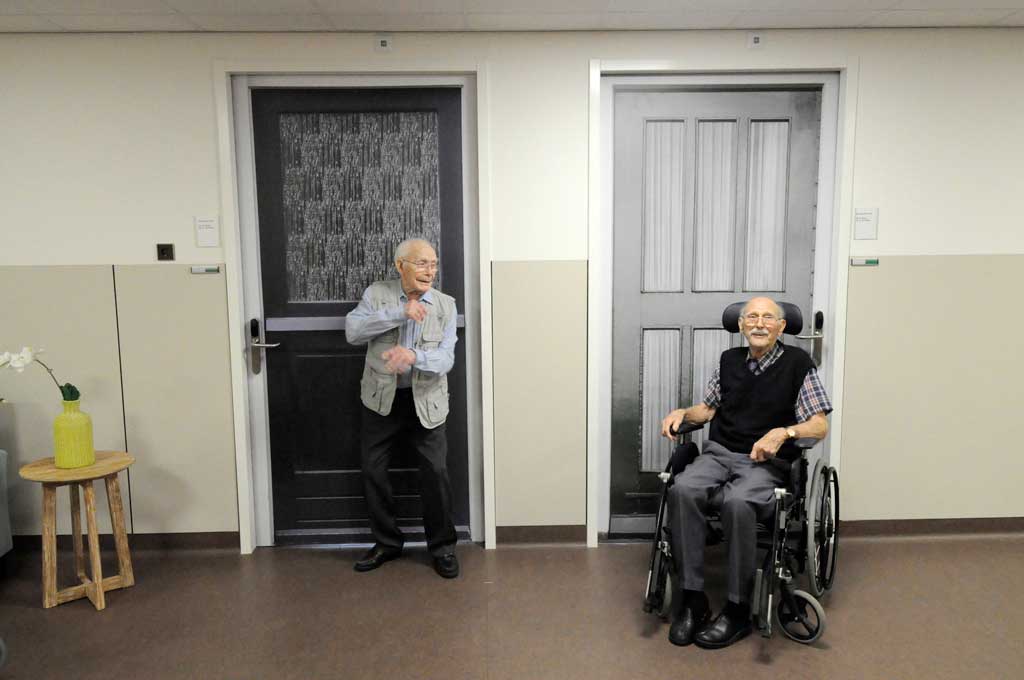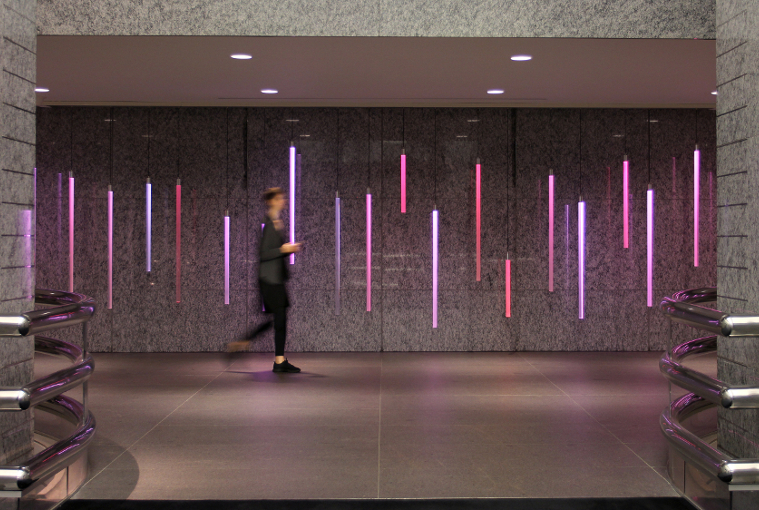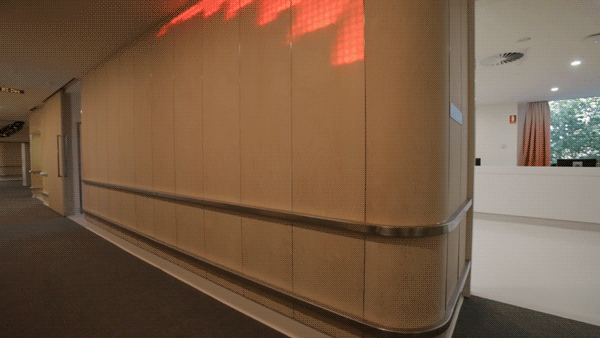Process blog of our collaboration with the Geriatric department at OLVG West, Amsterdam.
WAAG
On our first day of class of class we went to Waag Creative Care Lab in Amsterdam where we received a presentation on perspectives and strategies on how to design for vulnerable elderly people.
We’ve seen several projects they’ve been involved with to show the potential and need of creative collaboration within health care. Afterwards we had a tour through Waag’s Open (Labs FabLab, TextileLab en WetLab).
HOSPITAL VISIT
After Waag we headed to the hospital where we were greeted by a geriater and several specialists who all are in touch with the patients. They’ve prepared a presentation to give us insights about the disease.
TARGET GROUP
> Most people are 80+ year old, have mild cognitive issues and use 5-7 types of drugs.
> Most of them can’t smell, especially if they have a combination of diseases.
> People who are illiterate have a bigger chance of getting it.
> Most people are aware their brain is deceasing. They get scared or depressed.
STAY WITHIN THE HOSPITAL
The patients stay is usually quite short (up to 12 days). Most of the patients are very ill. They have a confusion of state: No idea where they are or what they’re doing. A week later they could be very present again. It’s going up and down. The reason they get here is because they have something that’s treatable, if they’re sick or wounded.
PROJECT REQUIREMENTS
The hospital is in need of a clever and smart design that’s not too complicated for the people working there to maintain. Nothing sharp and easy to sanitise. Something to support the nurses , the visitors or the patients. For example: Personalised triggers to make them move in combination with advice from their physiotherapist. There are several spaces to work on: the meeting room, the hallway, the patients room or the visitors room.
With knowledge of the space, the rules, the patients and staff we started our journey towards designing with smells.
SMELLS
Smell evokes memories. It became very clear in nearly a dozen academic studies we’ve received to research, therefore we were challenged to capture some. I gathered materials in glass bottles and Eppendorf tubes. I used smells that remind me of my grandmother: her kitchen, her bathroom, her garden.
I also centrifuged some ingredients to gather its extract. In order to do so I had to finely chop the ingredients so they’d fit the test tubes. This was mixed with 96% alcohol to absorb the qualities of the ingredient before being placed in a heated water bath. After the first round the extract would contain liquid floating a top and fibres at the bottom. I put both aside in small Eppendorf tubes, separating the fibres from the liquid. I centrifuged it a couple of times, and kept some each time. By doing this whole experiment I was able to investigate which part of the ingredient contains a stronger smell: the liquid or the fibres.
BRAINSTORM
For the next stage we all had to chose specialisations and form groups. I decided I’d like to be in the imagination group (as opposed to video, game, touch or audio) as I was committed on working on a larger scale installation, with possibilities of using light, fabric, plants and/or laser cutting techniques.
Soon after I was joined by Samriddhi Ghattak, Melisa Hadimoglu and Cem Saygin. We got together a few times to brainstorm on how to take on the project. We were committed to work on the visitors/waiting room and had some rough ideas about placement and interaction. We discussed squeezing balls, a guessing game and a wall. On this wall we could have sensors that would trigger a (projected) visualisation.
INSPIRATION
Our next step was to visit the hospital for field research. My goal was to speak to the carers, patients relatives and nurses as well as to observe the interactions they have with one another and key objects during the day. Unfortunately we had to leave this project unfinished due to the coronavirus.































